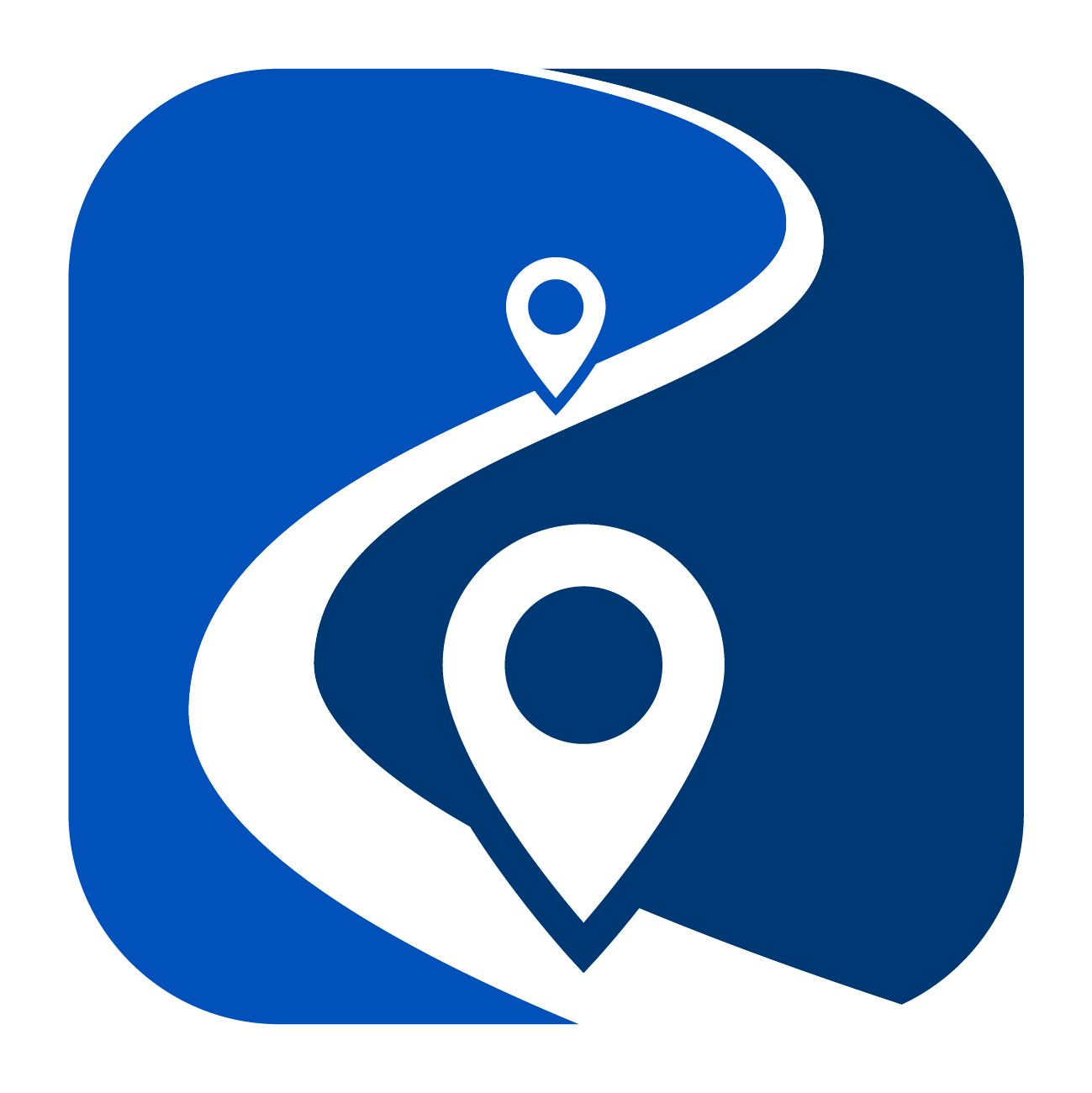Corridor Determination for Signal Timing
This data exploration identifies potential LRS segments (candidates) for corridor/segment traffic signal timing changes. The exploration was developed by extracting traffic signal data from both NYSDOT’s ITS asset management database and from Open Street Map. Traffic signals were identified by generating correlations between traffic speed data, NYSDOT traffic signal data, and the NYSDOT LRS system.
Traffic signals were ranked based on differences in free-flow speed and speed limit data and the number of traffic signals within a specified distance of LRS segments.
Value Proposition
The output from the traffic prioritization analysis and the OSM traffic signal layer can be used to help identify additional signals under municipal jurisdiction within a corridor for potential optimization/prioritization. This analysis was produced by looking at a combination of datasets from multiple data sources highlighting the value of the Analytics Sandbox in supporting the diverse needs of NYSDOT and stakeholders.
Target Audience
This data exploration provides value to NYS main office and regions traffic engineers, and planners.
Geographic Extent
Currently, the use case covers the entire NYS.
Timeframe
- OSM: Varies significantly depending on where features are located (ostensibly could go back to OSM inception time of 2004).
- NYSDOT Traffic Signals: As of July 2021, when the analysis was conducted.
Update Frequency
Data can be updated on an as-needed basis.
Data Layers
There are 4 layers:
- NYSDOT Traffic Signals
- Filtered to only include signals that are full 3 color signals and signals that do not have attribute field Signal Priority as "Full Response"
- OSM Traffic Signals
- Extracted from Open Street Map and are provided for reference.
- LRS Candidates
- Based on this methodology:
- First, the NYSDOT LRS system is joined with the NPMRDS data to get free-flow speed values
- Then the difference between the NPMRDS free-flow speed and LRS segments speed limit is calculated
- Next, the NYSDOT signals are joined to LRS segments only if a segment has 2 or more signals within 25 feet of it
- Lastly, the LRS candidate's speed difference and number of signals were compared to get the top 5 LRS segments which are shown in the bookmark panel on the left of the application
- Based on this methodology:
- LRS for Review
- Includes LRS segments that had large speed differences but did not have 2 or more signals within the segment. This layer is intended to help facilitate additional review of LRS segments that could be candidates for signal prioritization within a corridor but didn't meet the parameters for the original analysis
The OSM layer can be used to help identify additional signals under municipal jurisdiction within a corridor for potential optimization/prioritization.
Access
This use case is publicly available and can be accessed through the following application:
